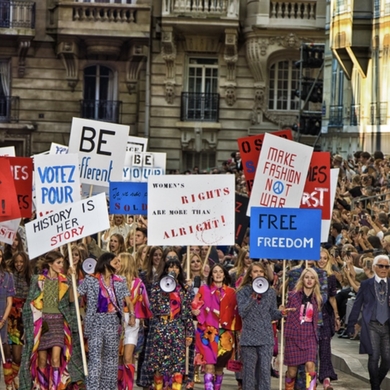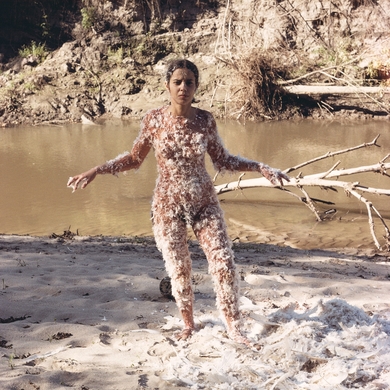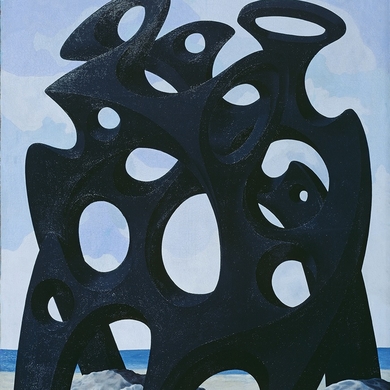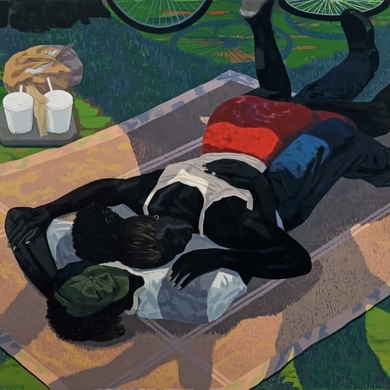Philip Guston moved through a number of painting styles before reaching neo-expressionism. The 1930s saw him working as a muralist with the WPA. In the 50s he moved into abstract expressionism, a mode he rejected in the 60s, when he began to create the cartoonlike imagery—implacable and haunting—that stunned the world. With his new figurative style came a shift into sinister territory: hooded figures, disembodied limbs, cities made of old shoes and lone light bulbs. In the wake of the 2020 cancellation of “Philip Guston Now,” a major exhibition organized by four museums, this show at Hauser & Wirth, which focuses on Guston’s profound late work, is most welcome. —E.C.
Arts Intel Report
Philip Guston: 1969–1979

When
Sept 9 – Oct 30, 2021
Where
542 West 22nd Street, New York, NY 10011, United States
Etc
Philip Guston, “Back View II,” 1978. Photo: Genevieve Hanson.



